#25. A Star Is Born
Freda Josephine McDonald – popularly known as Josephine Baker – was born on June 3, 1906, in an impoverished neighborhood of St. Louis, Missouri. Her mother’s adoptive parents had been slaves throughout most of their lives. Apart from that, her stepfather was unemployed, and she never met her birth father. Thus, it is clear that she had a very difficult childhood.
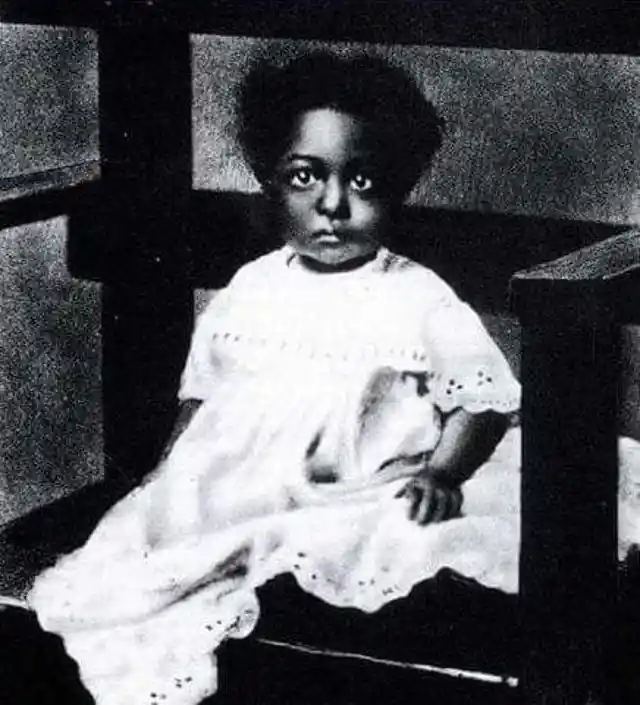

Her mother, Carrie, was a performer, who went on gigs with her song-and-dance show. Each time she performed, she had to take her baby with her, since nobody else could look after her. Thus, little Josephine grew used to being on stage from a very young age. But no-one would have guessed the superstar she would become.
#24. Segregated Neighborhood
Josephine grew up in a marginalized, segregated, and low-income neighborhood of St. Louis. The area was filled with brothels and most houses had very poor infrastructure. On top of that, her mother had plenty of children, and seldom did she have enough money to feed all of them.


Since her family lived in poverty, Josephine often went hungry, and the little number of clothes she owned were usually dirty. Never would she have imagined the lavish costumes that she would someday wear onstage. But how did she overcome her humble beginnings?
#23. Child Labour
Since her mother didn’t earn enough money and her stepfather was usually unemployed, Josephine was forced to work from the age of 8. She started out cleaning people’s homes. But since she had to work for long shifts, she had no choice but to drop out of school.
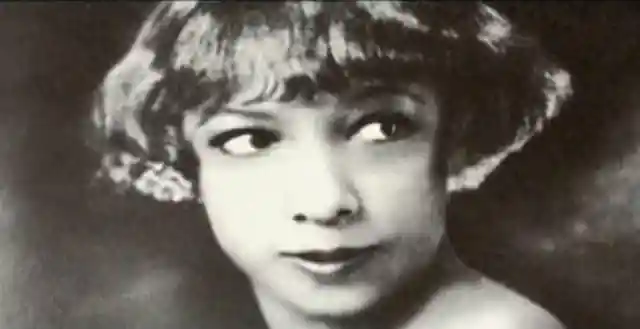

Sometimes, she would end up sleeping in the streets inside a cardboard box, especially when she worked at night and had no money to go back to her home. She would dig through the trash to look for scraps of food to survive. But when did things start to change for little Josephine?
#22. Teenage Marriage
During her early adolescence, she began working as a waitress. But already at the age of 13, she decided to get married. The way she saw it, getting married would provide her with certain stability and permanent home. However, things would not go out as planned.


Unfortunately, her first marriage didn’t last. However, she did not give up, and at the age of 15, she married again. But this time, she decided she didn’t want to depend on her husband, so she set off to find a new job. And can you guess what path she took? That’s right, dancing, just like her mother!
#21. Stroke Of Luck
Josephine had grown up watching her mother dance and perform onstage. And one lucky day, a St. Louis-based vaudeville show group saw her during one of her street performances, and they were surprised by her talent.
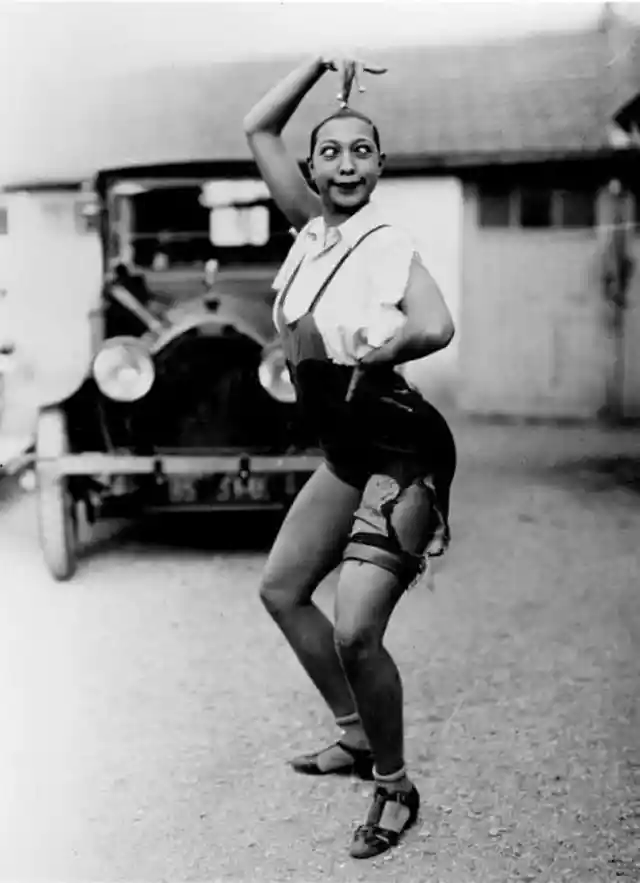
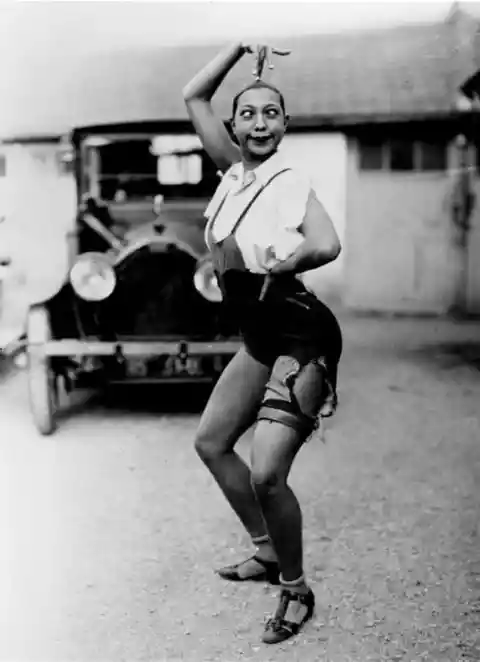
The group asked Josephine if she wanted to join them on a tour around St. Louis. It was one of the most exciting and unexpected moments of her life. For once, she had the chance of doing something she loved. But she never would have imagined how far this was going to take her!
#20. Her Big Break
Josephine’s new dance group hit it off, and they went all the way to New York City! She decided to leave her husband behind and stay in New York City. However, she kept his last name, and it was only then when she began being called Josephine Baker.
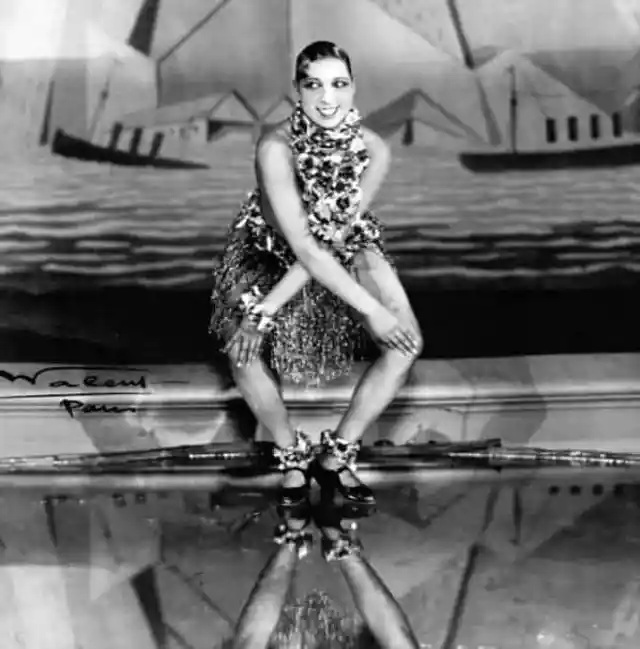

And just a couple of years later, she landed on a job dancing in chorus lines in Broadway. This was a turning point in her life since her Broadway gig allowed her to reach complete independence. She began renting a room of her own for the first time, and from then on, things just began to get better and better.
#19. Off To Paris
In 1925, at the age of 19, Josephine Baker moved to Paris. This proved to be her career’s second big break. In no time, she started performing in dance revues in an important Parisian theater. But working in Paris was quite different than elsewhere.
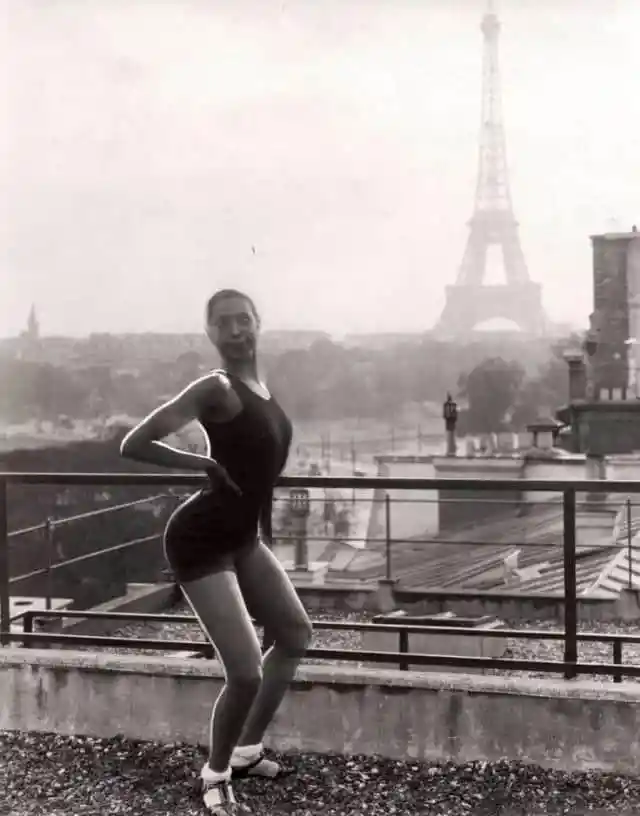
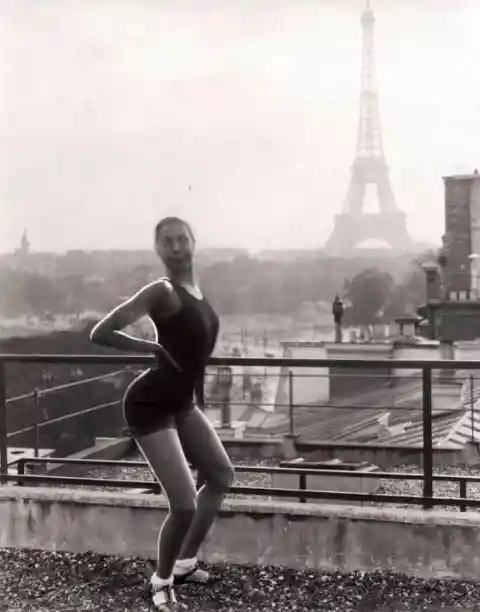
The thing is that rules for performers in Paris were different from America. In the Parisian theaters, Josephine was expected to dance partially or even completely nude on stage. However, back in the U.S., that would’ve been scandalous. But Josephine didn’t seem to mind, since she soon became a sensation, and that was just what she was looking for.
#18. Her Quirky Style
In no time, Josephine – or Madame Baker, as she was now called – became Paris’s queen of exotic dance. She even inaugurated her performance at the Folies Bergere, a famous Parisian cabaret club. She would typically perform wearing a skirt made of bananas, and this became her most recognizable costume. What an unusual style!

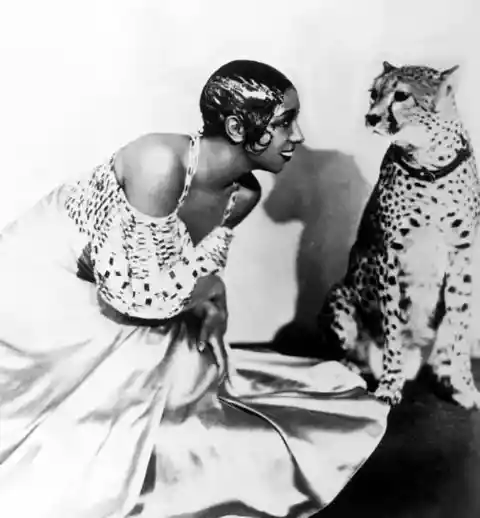
But if the banana skirt sounds bizarre, wait until you hear this: she adopted a pet cheetah named Chiquita, and sometimes the feline would join her onstage. Josephine would adorn her with a diamond collar, and together they would impress the audience.
#17. Emerging Movie Star
After her first couple of years in Paris, she became a true celebrity, and everybody loved her dance performance. Even prominent figures such as Picasso and Hemingway attended her shows. But one day, Josephine decided she wanted to take her career to the next step. Do you care to guess?
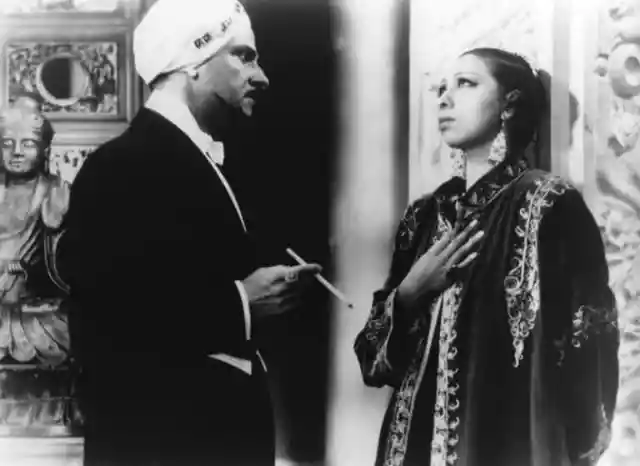
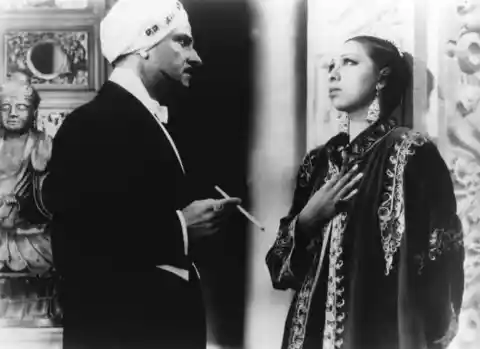
Josephine decided to venture into cinema, and she became the first black woman to star in a major motion picture. She was so multifaceted that she even voice-trained to learn to sing opera. Was there anything she couldn’t do?
#16. Flying Back Home
Without a doubt, Josephine had become one of France’s most prominent stars in the showbiz world. For an entire decade, she filled stages and screens all over the country. But what would happen if she went back to the U.S.? Would she be accepted like in France? In 1936, Josephine traveled back to her home country to find out for herself.
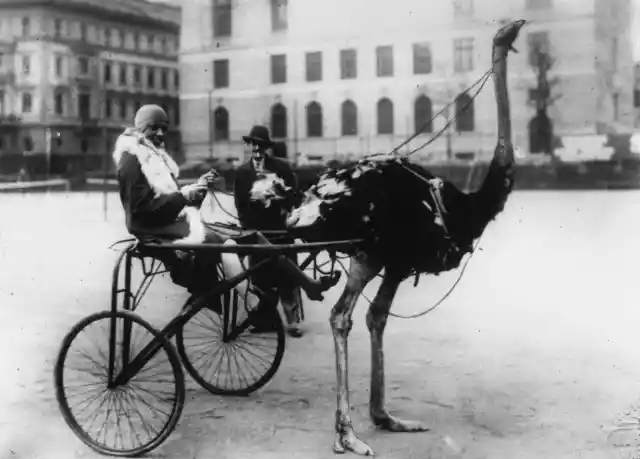
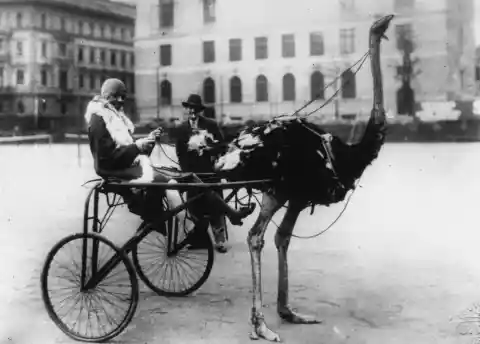
Unfortunately for Josephine, her return was a disappointment. Reviews were lapidary and sometimes even racist. People just couldn’t stand the idea of a black female erotic dancer. Accepting that she had no future in her native country broke Josephine’s heart. But she had no choice: she knew that staying there would ruin her career.
#15. A French Citizen
After several months, Josephine went back to Paris and decided to build a new life in Paris. In fact, she renounced her American citizenship. In 1937, she got married for a third time, this time to a French man. The wedding was performed in a small village and the town mayor officiated the ceremony.
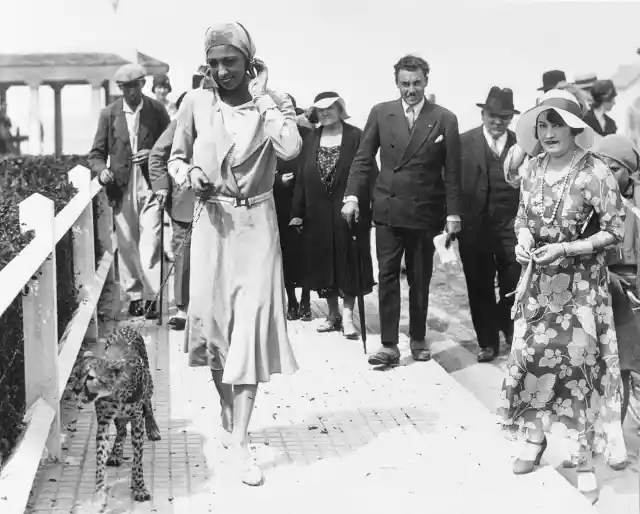

Married to a French man, Josephine was now a French citizen. France had welcomed her from the very start, and now she truly felt like part of her adoptive country. But just when things couldn’t seem to get better, her life began to take unexpected turns.
#14. Josephine The Spy
In September 1939, Great Britain declared war on Germany and the Second World War broke out. Shortly after, France declared war on Germany as well. A couple of months later, French military intelligence decided to approach the exotic dancer Josephine Baker, who they considered could be an important asset. But what did she say?

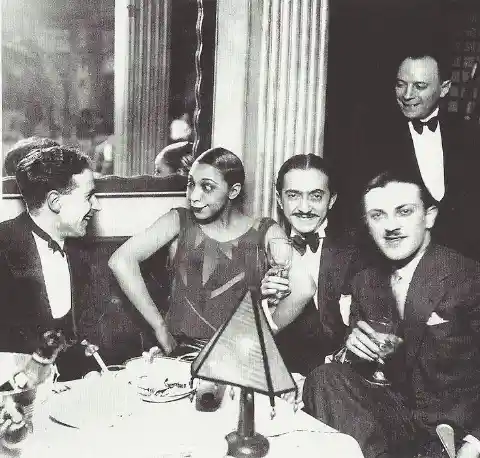
Surprisingly, Josephine agreed to serve her new nation and to be recruited as a spy for the French Army. Nobody would have suspected that the erotic dancer in banana skirts would someday become a spy. And one thing was for sure: the things she had learned in the streets would come real handy for her new work.
#13. Secret Agent
Offering an exotic dancer to become spy may sound absurd at first, but if you think about it, it makes a lot of sense. To begin with, no-one would ever expect a dancer to be a spy, and second of all, Josephine had thousands of important contacts all over the country, including several high-ranking officials.
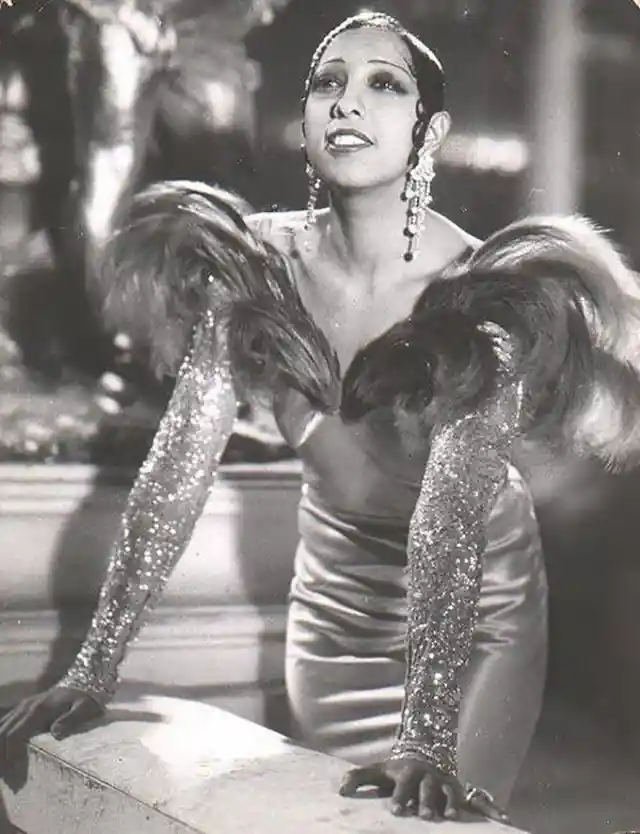
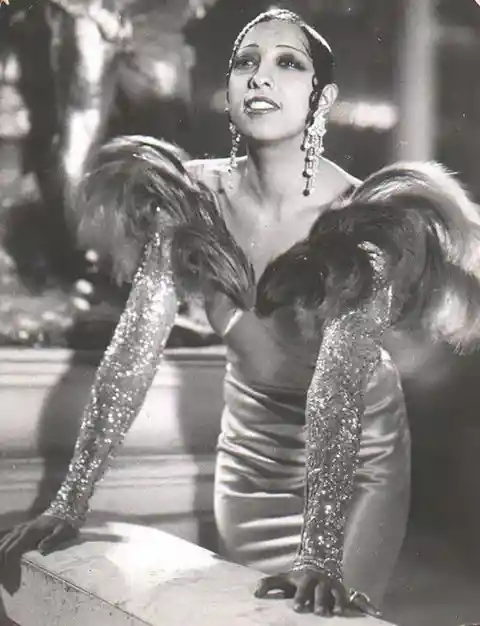
For a while, Josephine managed to keep up with both her jobs at the same time. She would perform or attend important receptions at the Italian and Japanese embassies and would approach and flirt with high-profile diplomats and military officials. Little did these men know that Josephine was secretly snatching information about German army positions and movements. But how long would this last?
#12. Missions Abroad
In May 1940, everything radically changed. The German Army invaded France, and in a matter of weeks, Paris fell under the control of the Nazis. But Josephine was still willing to fight for the country she loved. She went to her chateau in southern France, and made a really brave choice: she joined the Resistance.

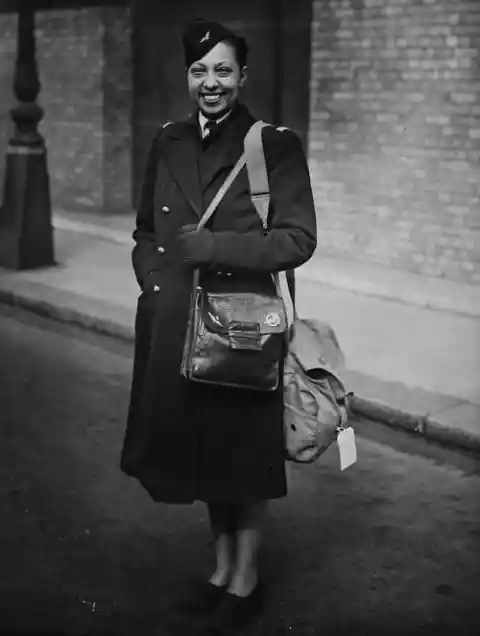
Since she was a famous artist, Josephine could move with more freedom than an average French citizen. Thus, the French resistance sent her abroad on secret missions to neutral countries like Portugal. She would scribble notes on her band’s music sheets with invisible ink. She managed to write detailed reports regarding German positions, which she sent to England. But what else was she up to?
#11. A Resistance Hero
Josephine excelled at her job, but working for the Resistance and going on secret missions all over the world wore her down. In Morocco, during one of her many missions abroad, she got sick with pneumonia. European newspapers said she was vacationing in Morrocco to recuperate from her illness. However, little did people know that she was actually there to smuggle top-secret information through Spain.
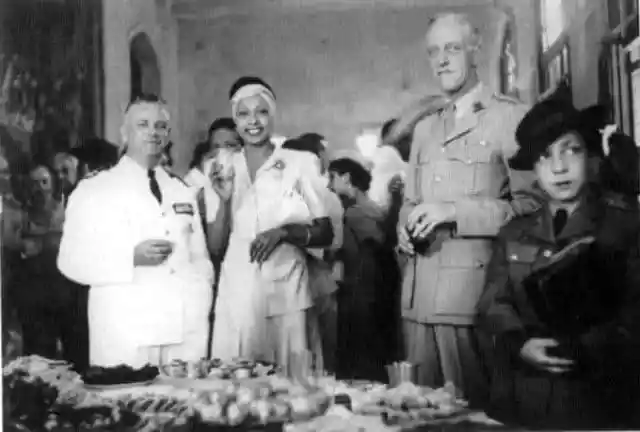

However, Josephine was not alone. Many of her band members were also part of the Resistance groups. But even though they would often travel together, Josephine was the one who carried the secret letters, usually in her underwear. But why her? Well, it was highly unlikely for Nazi officials to ask such a big star for a strip search.
#10. Stranded In Casablanca
However, recuperating from her illness took much more time than what everyone expected. Evidently, working so hard for the Resistance had impacted on her health. She spent almost a year and a half in Morrocco, and most of that time she was confined to a hospital bed in Casablanca.
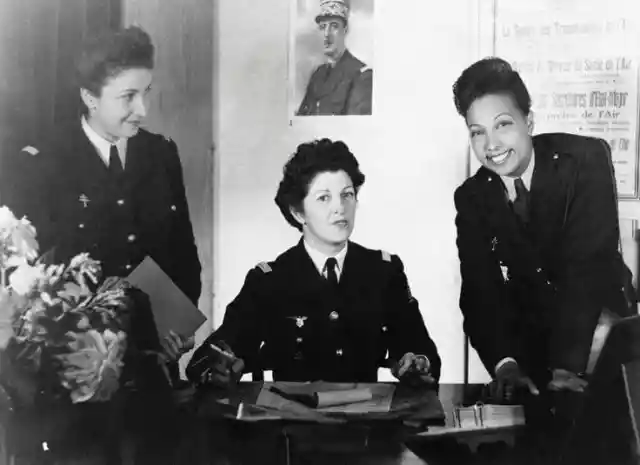
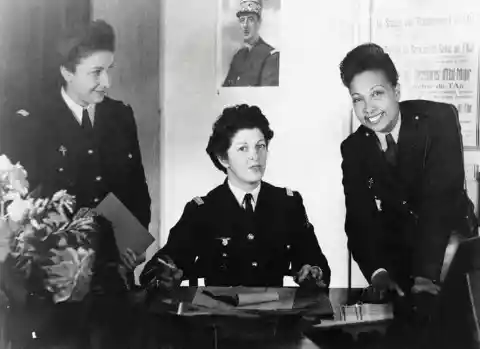
However, when the Allies landed in North Africa, Josephine got back to her feet. She was excited by the thought of meeting with American, British, and French soldiers. And even though she was not fully recovered, she really wanted to help the Allied forces. And can you guess what she did first? She organized a show tour to cheer up the troops.
#9. Liberation Of Paris
Nearly four years after the Nazi invasion, Paris was finally liberated. And nine months later, in 1945, Nazi Germany surrendered. All of the French citizens were extremely grateful to Josephine Baker, the dancer turned spy. And to honor her work for the Resistance, she was awarded France’s highest military and civilian decorations.
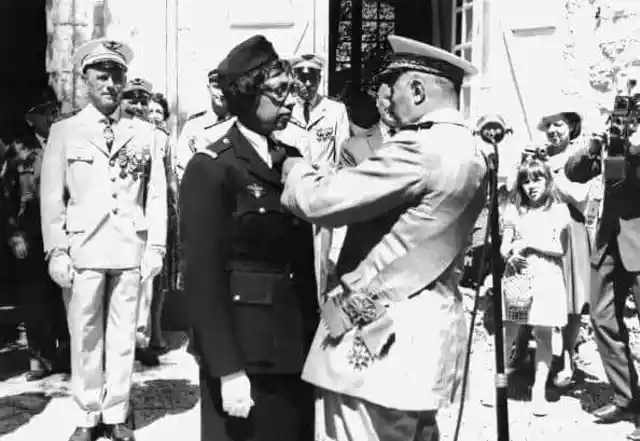
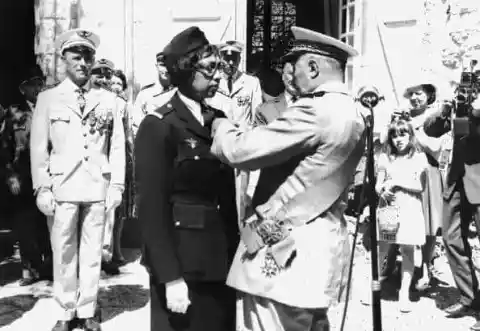
Believe it or not, the woman who had once lived on the streets had now become an international war hero. A few years after the war came to an end, she went back to her Parisian theater, the Folies Bergere. As you can imagine, people now loved her more than ever, and her shows were an amazing success. But what about her image in America? Would Americans finally accept her?
#8. Fighting Racial Segregation
Josephine was unsure whether or not to go back to America. It brought her a lot of painful memories, such as her tough childhood and the discrimination she faced as an adult. But in spite of this, in 1951 she was invited to perform in Miami, and she accepted. But things wouldn’t turn out as planned.
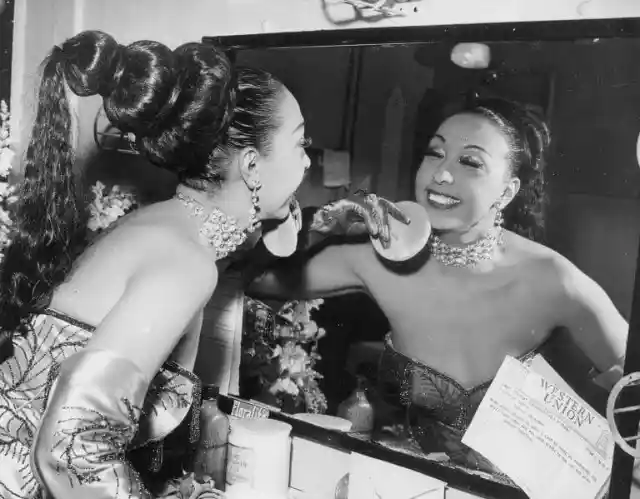
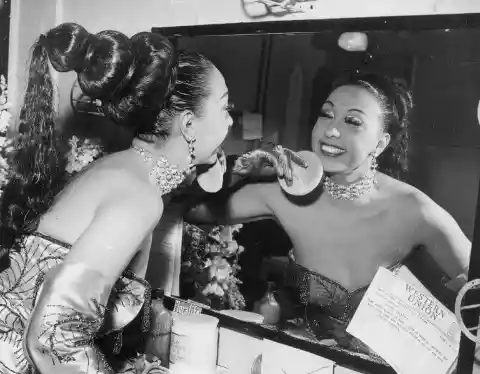
Let’s not forget that during the 50s, lots of American states had segregation laws and customs. And the nightclub where she was supposed to perform was segregated. This meant it was only for whites. Josephine was outraged when she found out, and she refused to play unless black people were allowed. The owner of the nightclub reluctantly agreed, and the show was a success. However, it was really hard for her to find a hotel since 36 places refused to give her a room.
#7. Controversy In New York City
But her show in Miami wasn’t the only time she had to put up with racism. Shortly after, she traveled to New York City to perform at the famous Stork Club. Even though it wasn’t strictly a segregated club, it generally denied entrance to black people, and Josephine was denied service. Despite being an international hero, Josephine was kicked out of the bar because of her skin color.
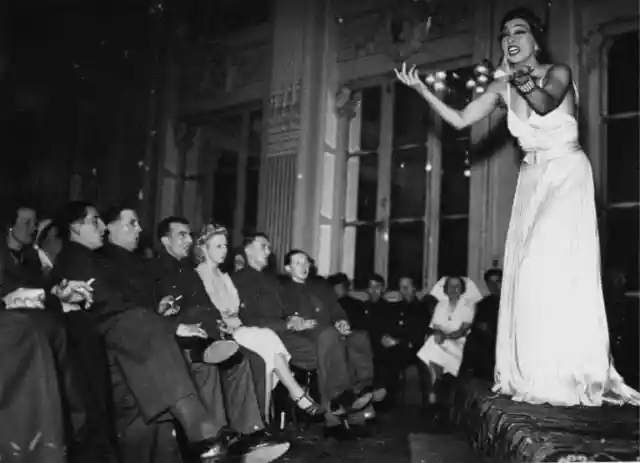

But this incident wouldn’t go unnoticed. It happened to be that another celebrity was in the room: nothing less than Hollywood star Grace Kelly. Appalled by the situation, she took Josephine by the hand, and they left the bar together. But despite this expression of solidarity, the worst was yet to come.
#6. Unexpected Treason
Josephine was furious after the Stork Club incident, but giving up was not an option for her. She denounced this situation to the press, and she even publicly criticized a columnist friend of hers for remaining silent and refusing to come to her defense. His friend’s name was Walter Winchell, but you won’t believe what this man did.
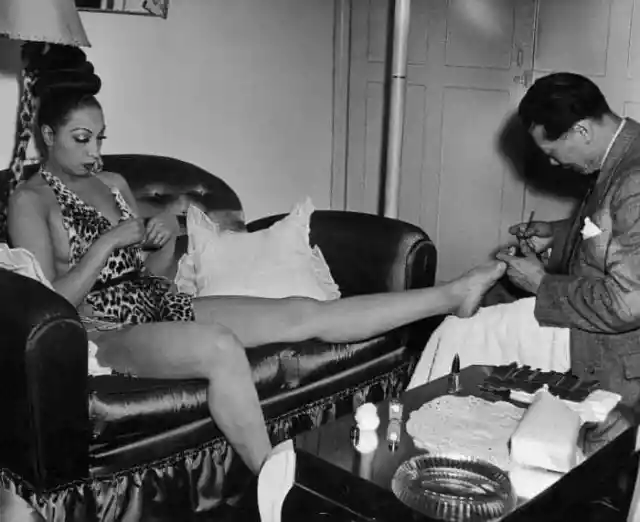
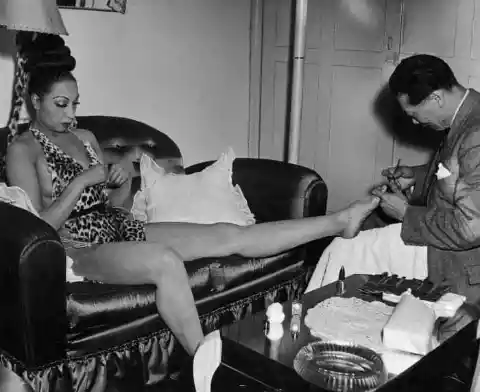
Winchell proved to be a traitor rather than a friend. This man publicly accused Josephine of being a Communist. And after his accusations, Josephine’s work visa was terminated and the rest of her shows were canceled. And for a while, she was refused entrance to her home country.
#5. The Washington March
But Josephine was not willing to stay still and say nothing. She had always fought against the world’s injustices, and she was willing to do so once more. When Martin Luther King Jr. gave his famous speech at the 1963 Washington March, Josephine Baker stood right at his side. She was the only official female speaker.
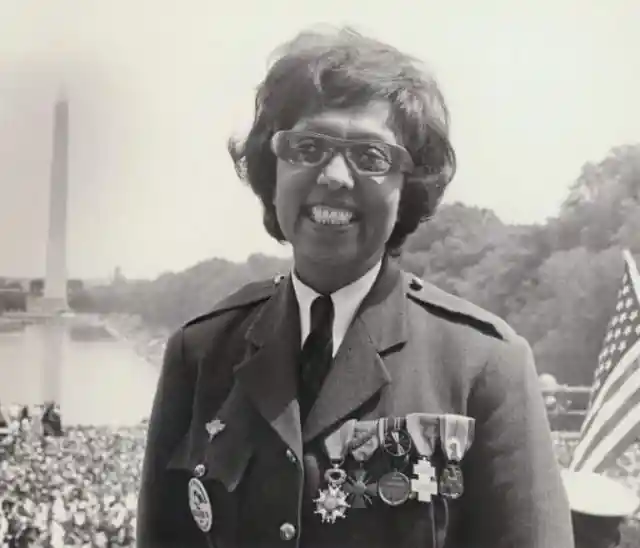
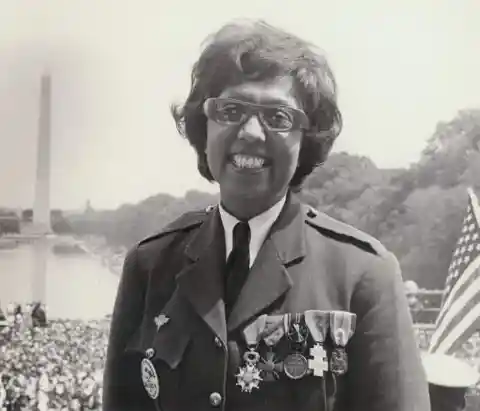
Josephine wore an army uniform covered with war medals for the occasion. Faced by a crowd of over 250,000 people, she started her speech by saying it was the happiest day of her life. But new obstacles were yet to come.
#4. A Half-A-Century Star
As the years went by and as she grew older, new obstacles came in her way. She began to accumulate debts and her health became more unpredictable. But Josephine was always a fighter, so she began performing in different countries. But she didn’t earn enough money, so she had to sell her French chateau.
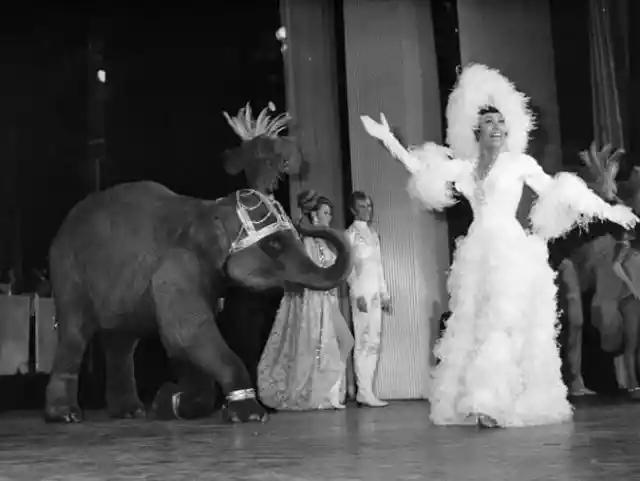

But after losing her chateau, Grace Kelly, the same who had supported her in the Stork Club incident, offered her an apartment. And Kelly, who was now married to the Prince of Monaco, came up with a brilliant idea. The 50th anniversary of Josephine’s debut in Paris was coming up, and this deserved a huge celebration!
#3. Live At Bobino Theater
The Prince and Princess of Monaco financed the fiftieth anniversary of Josephine’s successful career. She held a show at Paris’s famous Bobino Theater, and of course, the tickets were sold in no time. Everybody wanted to be there to honor one of the most popular cabaret artists in the world.
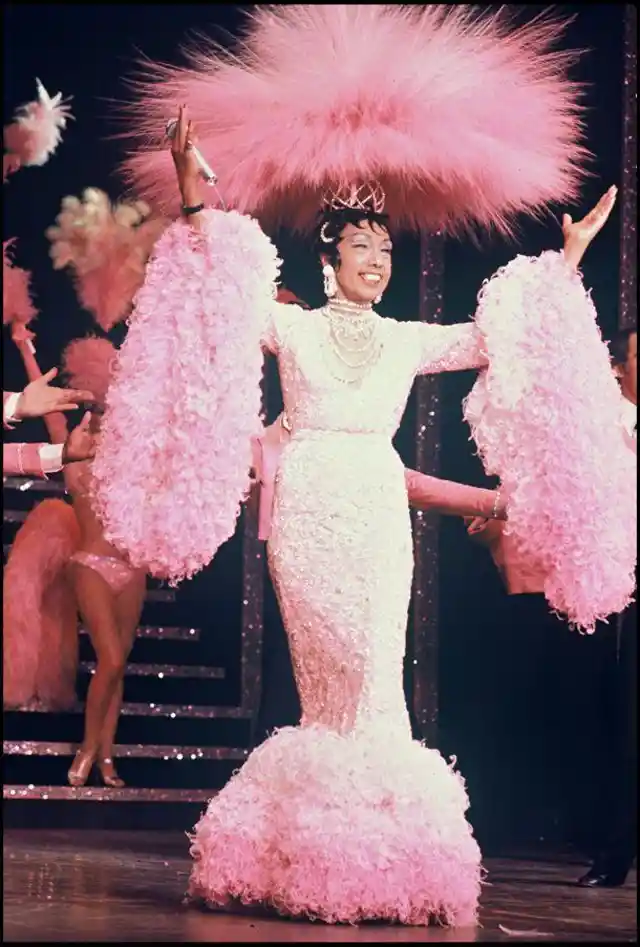

Josephine gave a brilliant and flamboyant performance and amazed the crowd. The show was attended by number-one celebrities such as Mick Jagger, Sophia Loren, Diana Ross, and Liza Minelli. What a privilege!
#2. Lost But Not Forgotten
Josephine’s show was a success, and she was overwhelmed with joy. She couldn’t believe how much love she had received from her fans. But sadly, four days later, on April 12, 1975, at the age of 69, she passed away.

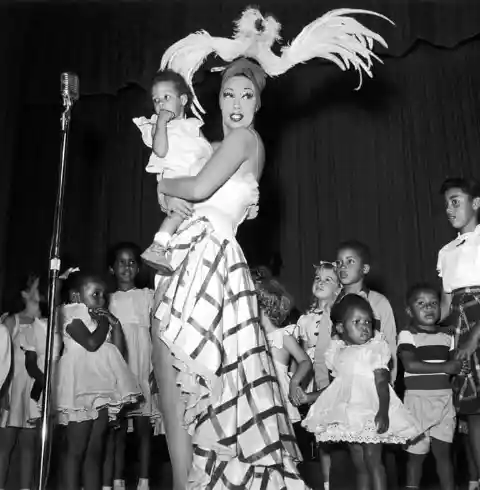
Josephine’s funeral procession was massive. Thousands of fans filled the streets of Paris to pay their respects to this artist, dancer, and war hero. She was buried in Monaco, where her loyal friend Grace Kelly was a princess. She was also the first American woman to have her funeral conducted with French military honors.
#1. A True Hero
Josephine Baker’s life is so heroic, that it almost seems like fiction. Born in poverty, she became an acknowledged star with international fame. She fought against Nazism, racism, discrimination, and social injustices. She was not only the world’s most popular exotic dancer of the time but also a freedom fighter.
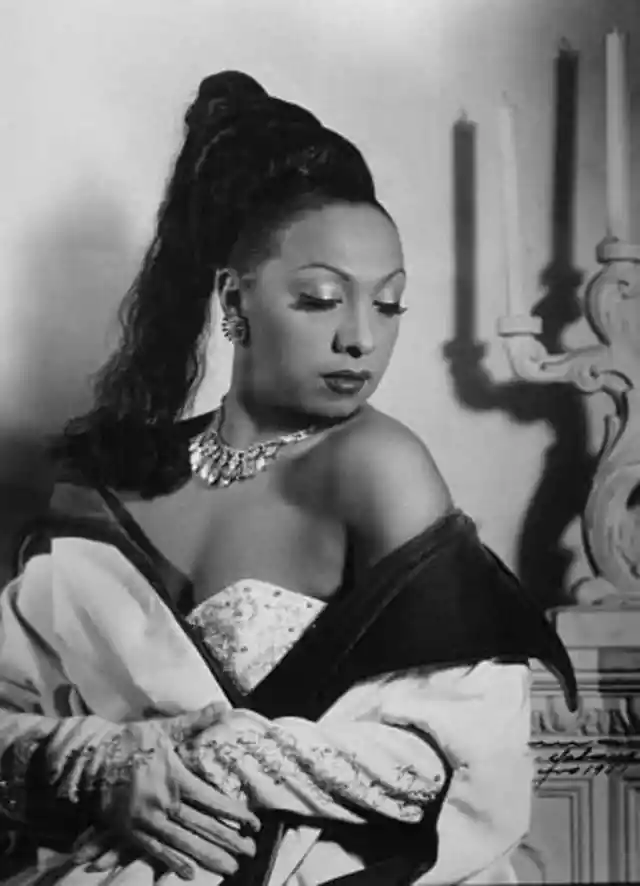
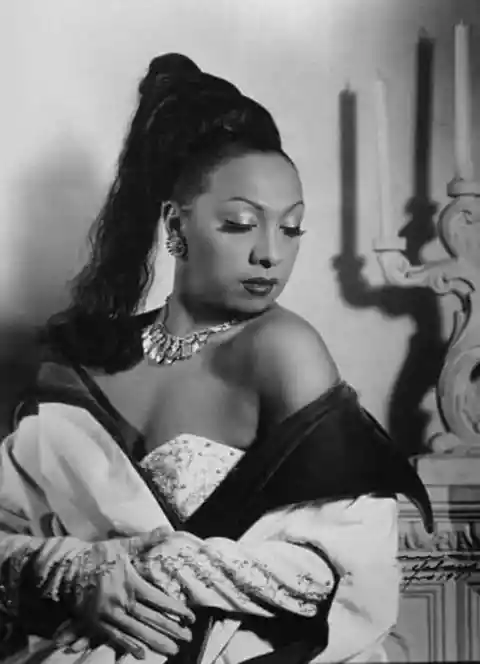
Josephine defied the system and the establishment wherever she went. She fought against racial segregation, institutionalized racism, and Nazi hegemony, putting her life at stake. She was a dancer, a performer, a spy, a Resistance fighter, a civil rights advocate… in one word, she was a hero, and will always be remembered as such.